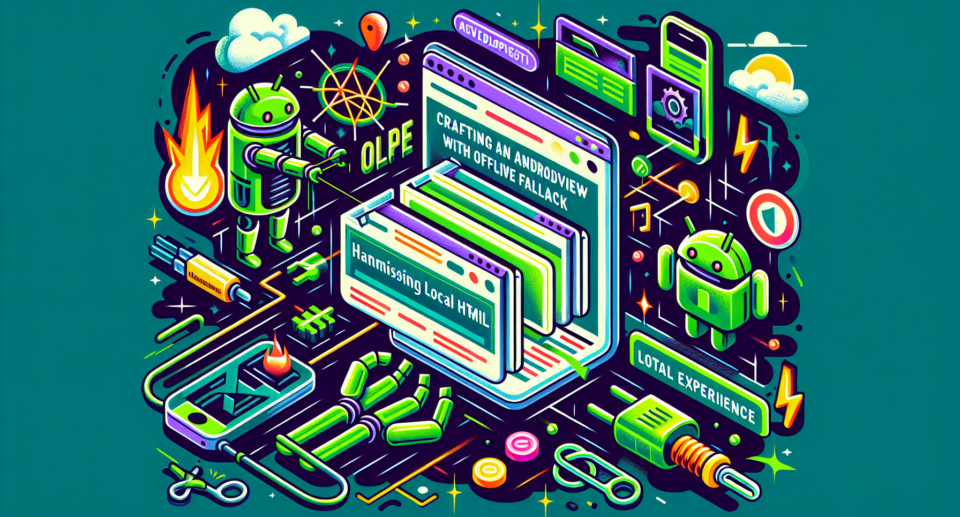Crafting an Android WebView with Offline Fallback: Harnessing Local HTML for Uninterrupted User Experience

Introduction
In today’s on-the-go digital landscape, users expect seamless app experiences regardless of their internet connection status. When developing Android applications that rely on web content, one of the most effective strategies to ensure uninterrupted user engagement is crafting a WebView with offline fallback capabilities. This approach not only enhances user satisfaction but also establishes a reliable and robust application framework.
Understanding Android WebView Basics
Android WebView is an essential component that allows developers to display web content directly within an application. Essentially, it acts as a mini-browser that can run inside any Android app. While setting up a basic WebView is relatively straightforward, ensuring it delivers content when the device is offline requires additional considerations.
The Importance of Offline Fallback
Why should developers prioritize offline functionality? The answer lies in user experience. Inconsistent connectivity can lead to frustration if users encounter blank screens or error messages. By implementing offline fallback solutions, you can serve pre-loaded local
